WASHINGTON, D.C. – For many African American families in the nation’s capital, keeping the lights on and homes at a safe temperature is not just a matter of convenience — it’s a growing financial crisis. New research shows that Black households face disproportionately high energy burdens, a problem that has only intensified with recent rate hikes in the District.
Energy Burden by the Numbers
A recent analysis from the Chesapeake Climate Action Network (CCAN) highlights the extent of the challenge for low-income families. Households eligible for SNAP spend more than 20% of their income on energy bills, far above the threshold experts consider manageable.
Across the D.C. metro region:
-
Nearly two-thirds of low-income households spend more than 6% of their income on utilities.
-
About 40% of these families face “severe financial strain,” devoting more than 10% of their earnings to energy.
National research echoes these findings. A new study by Binghamton University and California State University, San Bernardino shows that even when income levels are the same, Black households spend a far larger share of their earnings on energy compared to white households.
On average, American families spend about 3.2% of income on energy costs. But in census tracts with majority African American populations, households spend 5.1% — nearly double.
Why Black Families Pay More
Study authors George Homsy and Ki Eun Kang identify housing conditions as a key driver of the disparity. Older housing stock, limited insulation, outdated appliances, and lower homeownership rates in Black communities mean residents often have little control over energy efficiency. Renters, in particular, cannot make upgrades that would reduce monthly bills.
“Energy burden is not simply a matter of income or energy cost but also race, which might be driven by place,” the study concluded.
Tradeoffs and Health Risks
The impact of high energy bills extends far beyond finances. Families forced to spend 10% or more of their income on utilities — a level considered “unmanageable” — often cut back on food, medicine, or other essentials to keep the power on.
More than 12 million U.S. households admit to leaving their homes at unsafe temperatures to save money. The health risks of such choices are significant: higher rates of asthma, pneumonia, poor sleep, depression, and even premature death.
“Some of the worst air quality is actually in your home,” said Antoine Thompson, Executive Director of the Greater Washington Region Clean Cities Coalition. “Older buildings often lack proper ventilation. Add in proximity to highways or airports, and these environmental factors can seriously damage health.”
Washington, D.C.: A Case Study
D.C. residents are already feeling the pressure of consecutive utility rate hikes. Pepco, the District’s primary electricity provider, has raised rates three years in a row, pushing the average monthly bill to $114 as of January 2025.
The financial strain is showing. In 2024, nearly 12,000 households had their power shut off, with disconnections doubling after a summer price increase.
Washington Gas has also pursued higher rates, including a controversial 12% increase tied to its “District SAFE” pipeline replacement plan. Critics warn the project could ultimately cost households $45,000 over several decades — nearly $1,000 annually added to bills.
“Wards that have been hard hit in the past are going to feel this the most,” said Laurence Daniels, Litigation Director at the Office of the People’s Counsel (OPC). “It’s not just people who have traditionally needed financial assistance. Anyone facing job loss or financial stress will be impacted.”
Historical Roots of Inequity
Researchers stress that today’s inequities are not random but rooted in decades of discriminatory housing policies. Families living in formerly redlined neighborhoods often face poor housing quality, higher climate risks, and fewer opportunities to invest in energy-saving upgrades.
Homsy underscored the challenge: “It is harder to get to rental units where a lot of poor people live. We need to work harder to get into these communities of color.”
Looking Ahead
Experts and advocates argue that tackling energy burden requires targeted policy interventions:
-
Expanding weatherization programs to reach renters.
-
Strengthening oversight of utility companies to prevent unchecked rate hikes.
-
Offering subsidies or tax incentives for landlords to upgrade insulation, appliances, and HVAC systems.
-
Integrating energy justice into broader environmental and climate policy.
Without such action, families already living paycheck to paycheck will continue facing impossible tradeoffs — choosing between electricity and food, between medicine and heating.
For D.C.’s Black families, the consequences are both immediate and long-term: higher bills, poorer health, and persistent inequity.

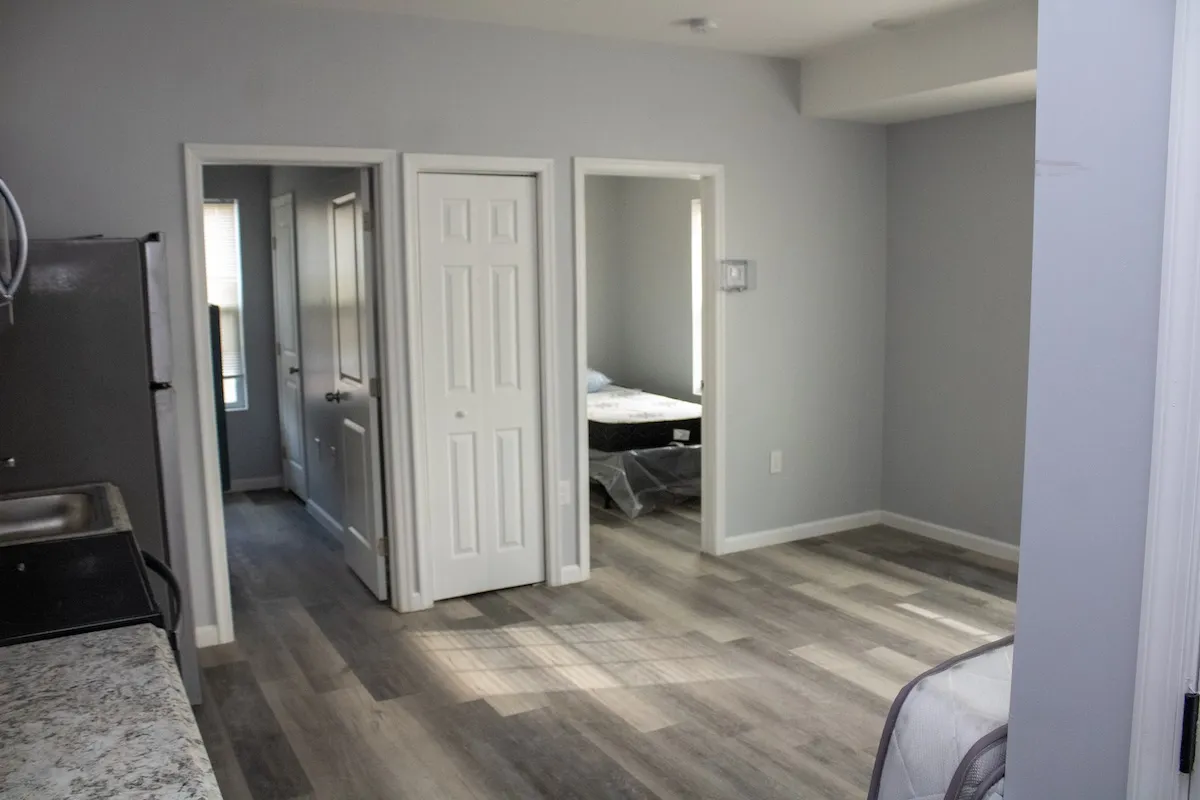
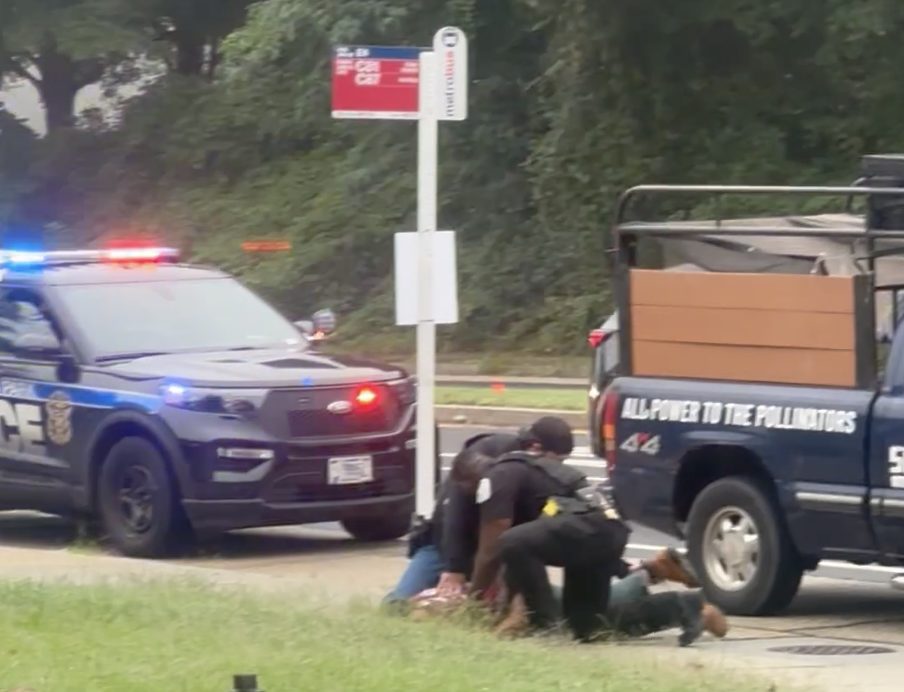


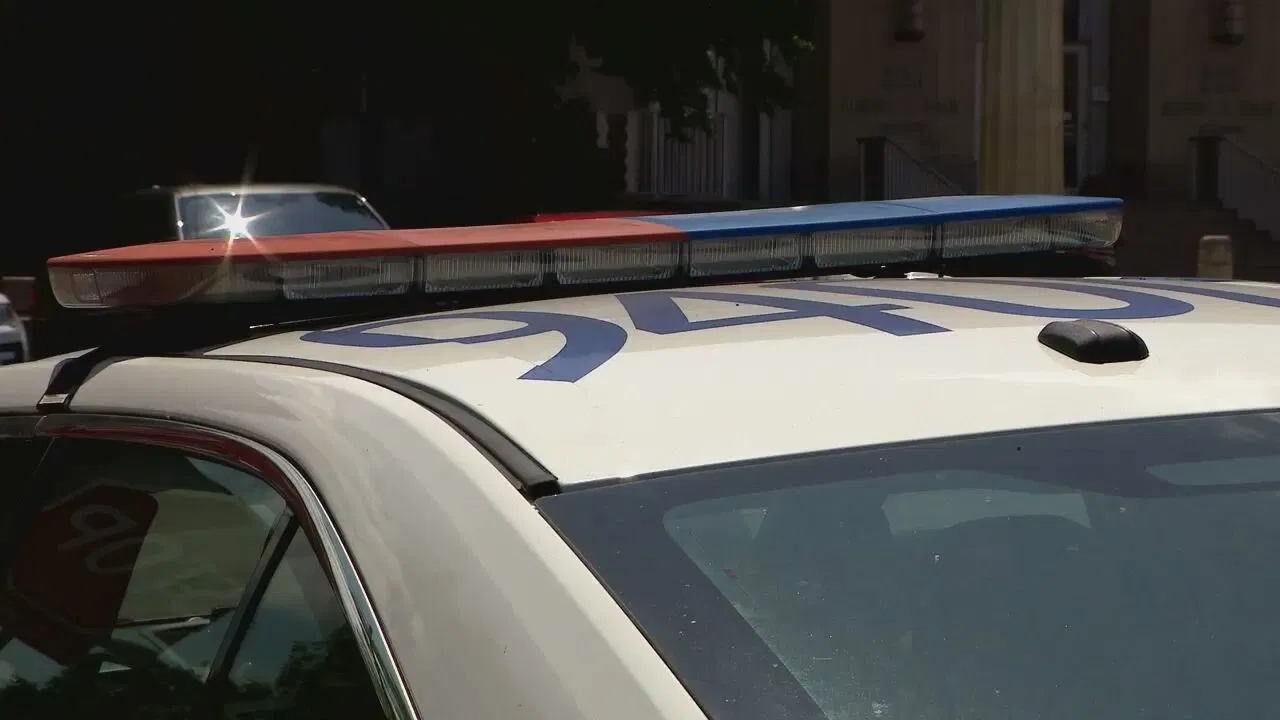


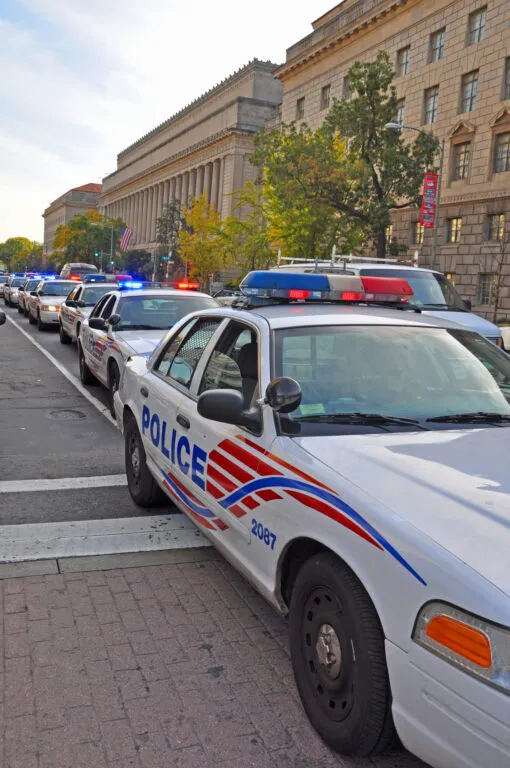

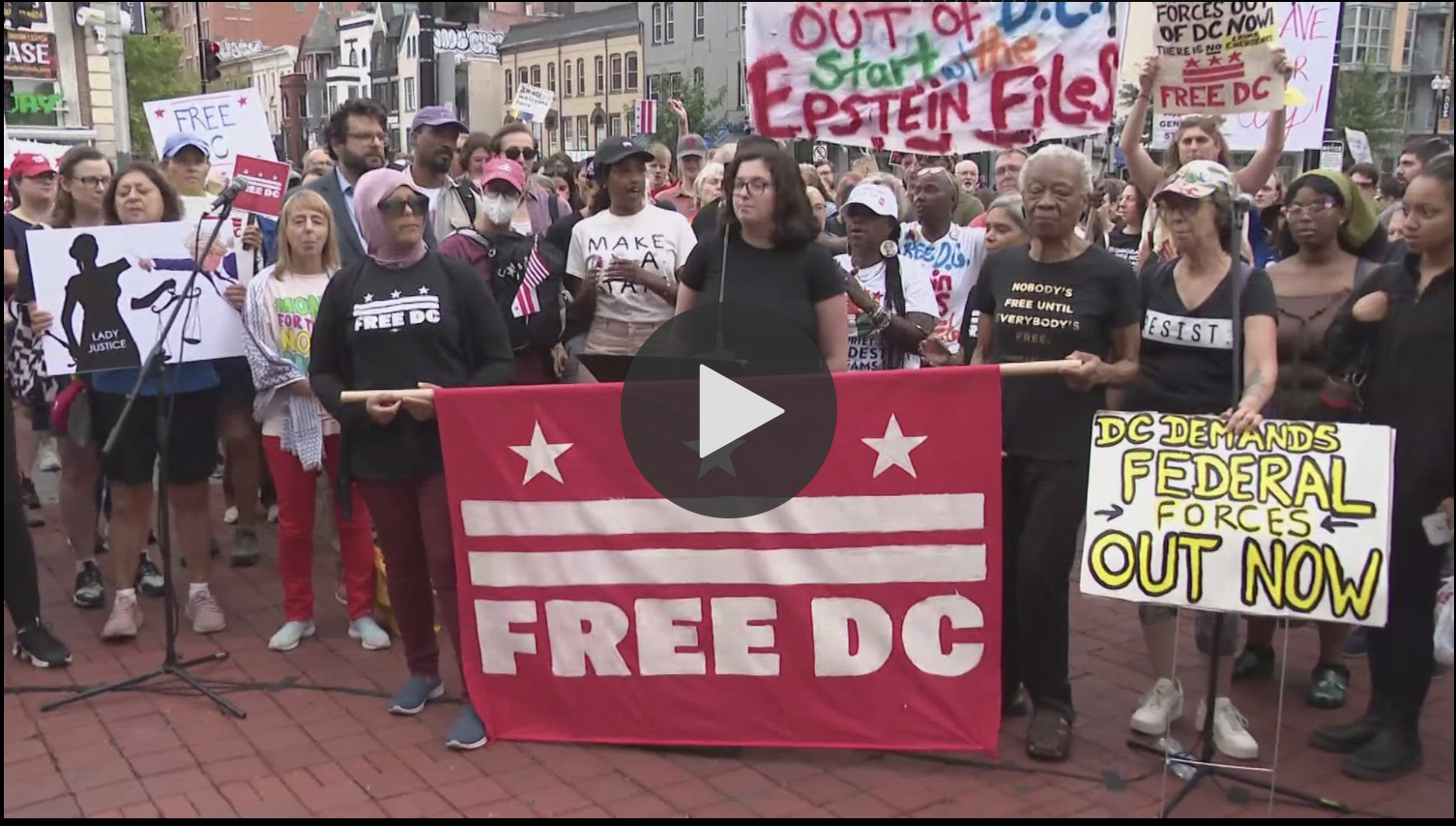
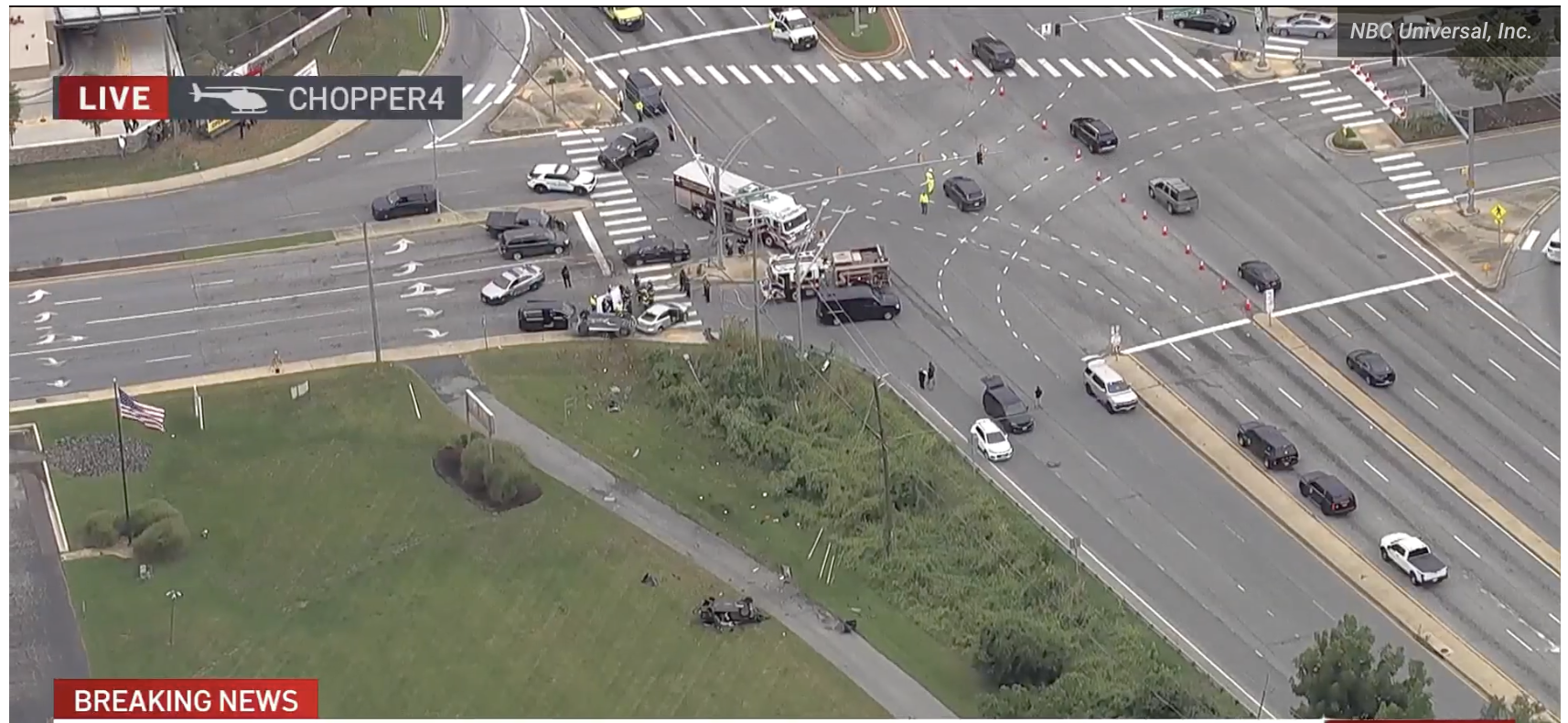

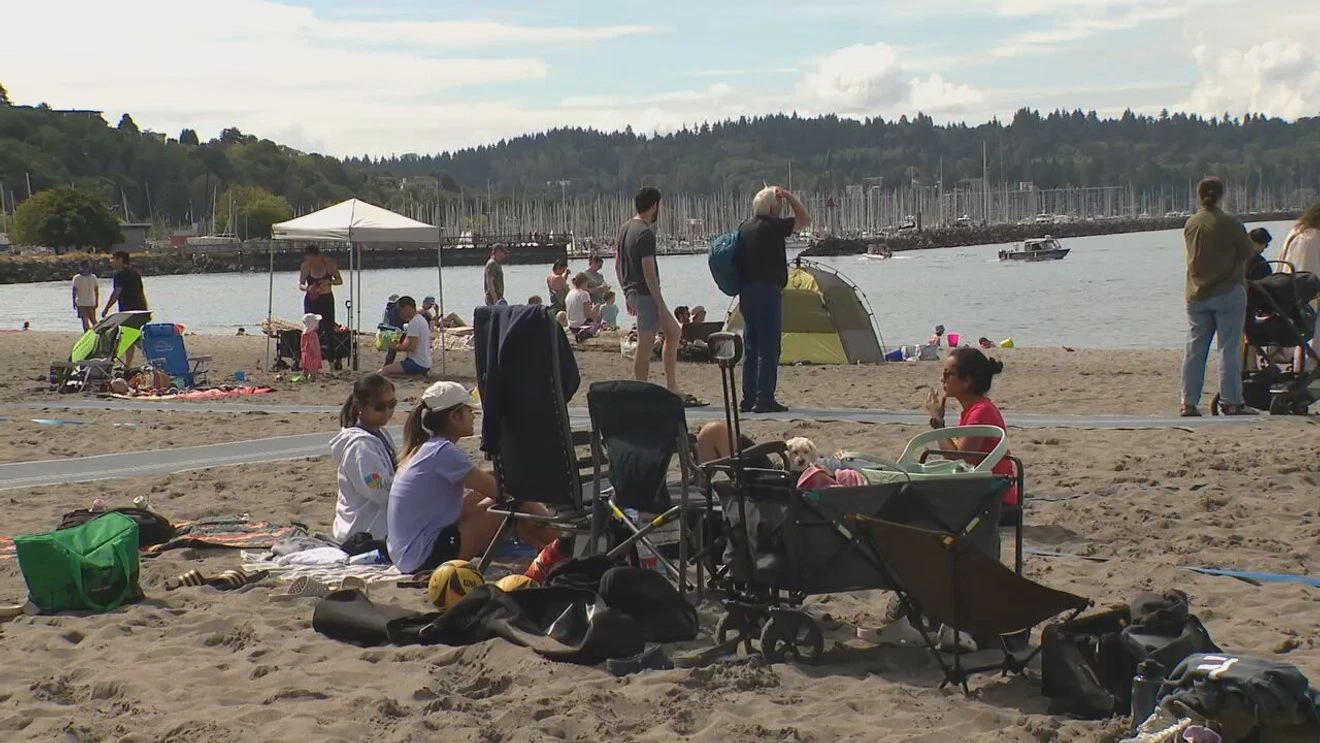


Leave a Reply